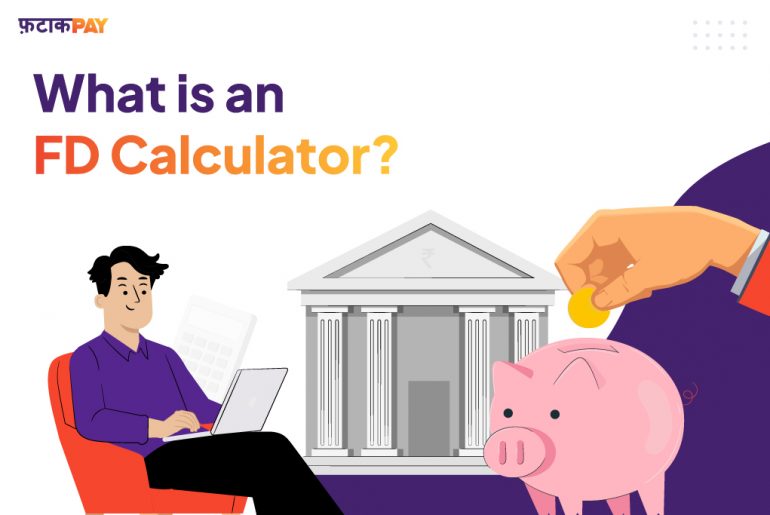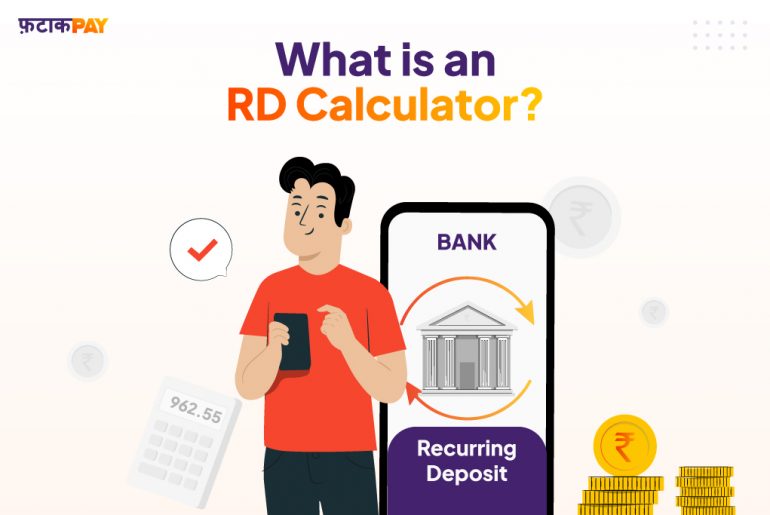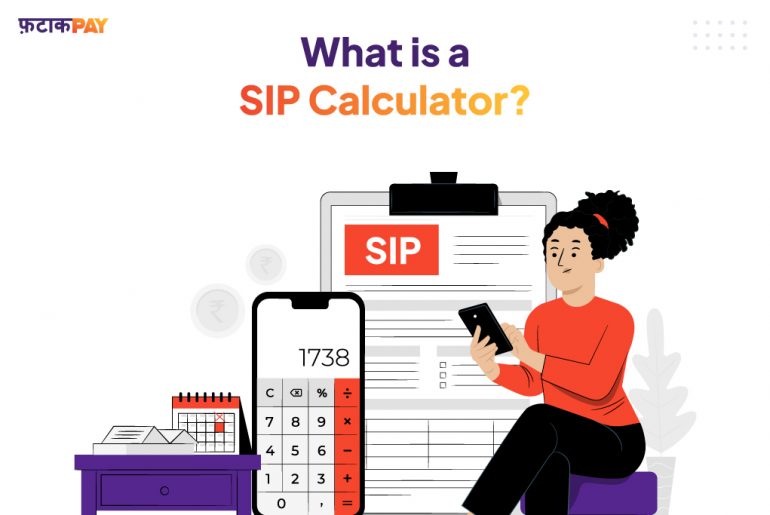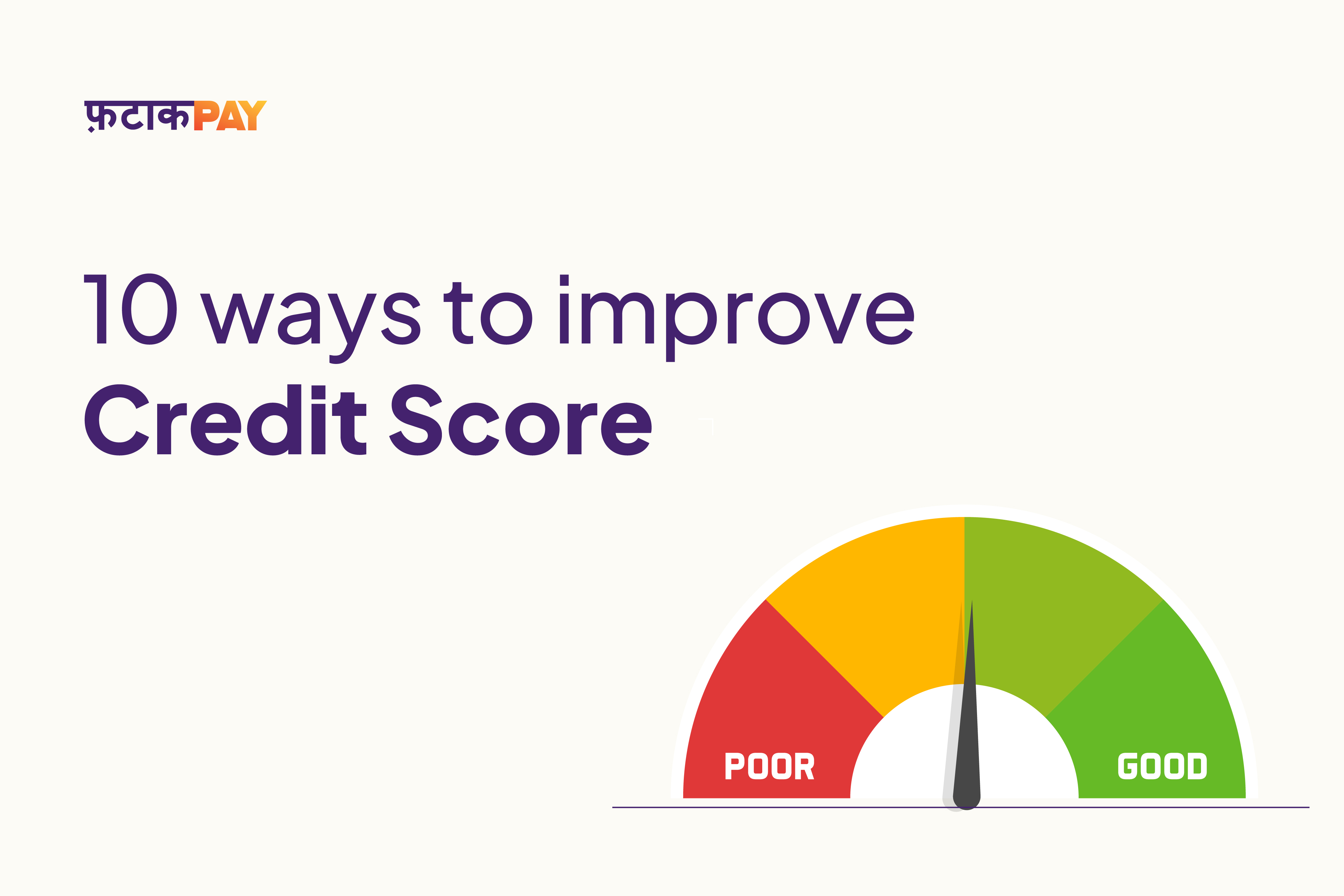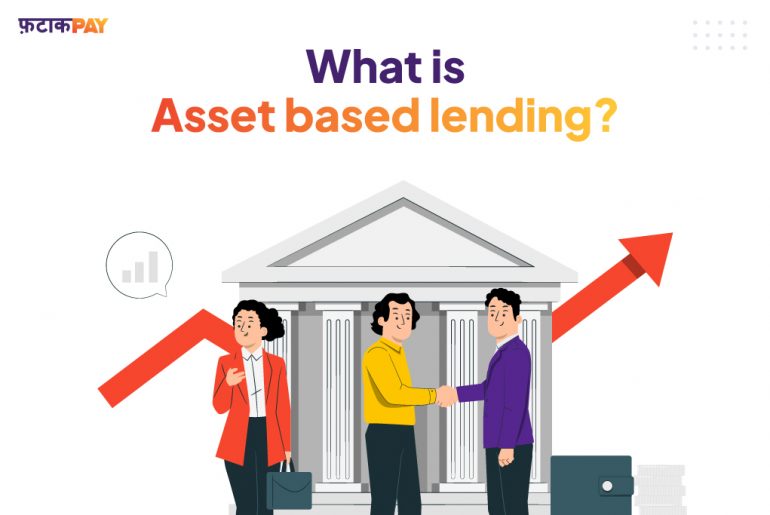Introduction to the FD Calculator blog:
Learn all about fixed deposits and how they can help you grow your savings in a safe and reliable way. Our comprehensive blog covers everything from the basics of fixed deposits to tips for maximising your returns, so you can make informed decisions and achieve your financial goals. We have also included an FD (Fixed Deposit) Calculator.
Before we introduce you to the FD Calculator, let us first understand what a Fixed Deposit is:
Fixed deposits, or FDs, are a financial product available to customers of banks and non-banking financial institutions (NBFCs). By an FD, people invest a specified sum of money for a specific length of time at a specific interest rate. The rate of interest is often higher than the interest on savings accounts, though it varies from financial institution to financial institution.
From extremely short tenures of 7 to 14 days to extremely long tenures of 10 years, fixed deposits are available for a range of durations.
How does an FD work?
When you invest in an FD, the financial institution guarantees that it will return your money and pay you interest at the end of the duration, commonly known as the maturity period. This cash may be used by the bank to lend to further borrowers, who will be charged interest. You receive a part of this interest.
The interest rate is determined by the FD’s tenure or maturity time. A 7-day FD will have a lower yearly interest rate than a one-year FD. To offset the time and financial risk, this is done. A rupee is currently worth more than it will be in a year, to put it simply. This is because rising costs are a result of inflation. A rupee today can be used to purchase more goods than it can in a year. An investment must be compensated for this.
You have the option of reinvesting the money or receiving a fixed amount of interest on a regular basis in your bank account.
Cumulative FD
When a cumulative FD matures, you receive both the interest and the principal. Every year, the interest is reinvested. As a result, you will only be entitled for a lump sum payment at the end of the FD duration rather than recurring interest payments. If you don’t require a steady income source, the cumulative FD option can be right for you. With this choice, you will also gain the advantages of compounding, as the interest for the subsequent year will be based on the principle plus interest from the prior year.
Don’t worry, we are getting closer to showing you the FD Calculator 🙂
Types of FD
Knowing the various fixed deposits (FDs) available on the market is necessary before investing in one.
Standard Term Deposits
Standard fixed deposits are investment plans where you deposit money for a specific amount of time at a specific interest rate.The time period can include 7 days to 10 years. The interest rate offered is determined by the financial institution providing this instrument as well as the length of the investment.
Senior Citizen Fixed Deposits
Banks and NBFCs often provide between 25 to 50 basis points (0.25% to 0.50%) more in interest on FDs for investors over the age of 60 than to other investors. They also offer an extra tax advantage. If the interest does not reach 50,000 per year, FDs for elderly people do not have a tax deducted at source. This benefit is not offered to seniors by other investing options.
The annual TDS deduction cap for people who are not senior citizens is set at 40,000. As a senior citizen, investing in FDs will lower your overall tax burden and boost returns.
Tax-Saving Fixed Deposit
There are particular FDs that qualify for tax deductions. A tax-saving FD has a 5-year maturity period, and under section 80C of the Indian Income Tax Act, the principal amount up to INR 1,50,000 per year is tax-deductible.
Flexi FD
Your savings account is connected to a flexible fixed deposit. With this instrument, you can use the auto sweep-in option to tell your bank to automatically move any amount over a certain value to a fixed deposit. For instance, if you want to maintain a balance of Rs.20,000 every month, any extra funds over your desired monthly amount will be sent to an FD. On the other hand, if your balance drops below 20,000, the bank will sell some of your FD to keep your balance above that amount. You get the advantages of investment and liquidity from it. Flexi-deposit interest rates are greater than savings account interest rates but lower than rates on traditional fixed deposits.
FD for Non-Resident Indians
Non-Resident External (NRE) or Non-Resident Ordinary (NRO) fixed deposits are both available to Indian citizens who are Non Resident Indians. NRE FDs are appropriate for citizens making foreign currency-based income. The biggest benefit of NRE FDs is that the entire amount, principal and interest, is tax-free, despite currency swings. NRO FDs are taxable at a rate of 30% a year and accept deposits in either Indian or foreign currency.
Corporate Fixed Deposits
Fixed deposits are also provided by some businesses or corporate bodies. Corporate FDs come with a larger risk than those offered by banks and NBFCs, notwithstanding the higher interest rate they give. Corporate fixed deposits do not offer this insurance, whereas bank and NBFC deposits are backed and insured by the DICGC. There is no assurance that your money in corporate deposits will be returned in the event of a company’s bankruptcy.
Recurring Deposit
A recurring deposit is a sort of fixed deposit in which you can make regular monthly or quarterly investments for a predetermined period of time. The interest rate has been set in advance. You will get your principal amount plus interest calculated proportionately at the conclusion of the maturity period. You may, for instance, deposit Rs.1,000 each month for five years.
Benefits of FDs
Assured Return:
Fixed deposits offer an assured rate of return on investments, unlike market-linked products that could incur losses as a result of market volatility. FDs offer safer capital preservation and higher yields than savings accounts.
Compounding:
You can experience larger returns and quicker money growth by investing in FDs where you can earn interest on interest.
Low Minimum Investment:
FDs are a fantastic choice if you want to develop an investment habit but do not have a lot of money to start with because investment amounts can start as little as Rs. 500.
Liquidity:
You can liquidate the FD in an emergency, this gives you the advantage of liquidity.
Easy Process:
FDs are the most straightforward investments to make, whether investing offline or online via net banking or mobile banking.
Higher Rates for Senior Citizens:
Senior citizens can increase the value of their life’s savings and get a little bit closer to a stress-free retirement.
Finally, we have reached the FD Calculator section:
| Steps to use the FD calculator: |
| Only make changes in the cells marked blue |
| Enter the Principal amount |
| Enter the compounding frequency. |
| Enter the interest rate. The interest rate is divided by 100 |
| Enter the number of years of investment |
| At the end, you will get the final amount |
Additional Links:
https://fatakpay.com/blog/what-is-a-personal-loan
https://fatakpay.com/blog/what-is-epf
https://www.linkedin.com/pulse/what-nbfc-fatakpay/?trackingId=d3CajrWiWYyy0QrzgytzZQ%3D%3D
About FatakPay:
FatakPay provides virtual credit facilities for all. It’s available on your phone and caters to your everyday needs in both online and offline formats. Payments are done seamlessly through UPI/QR codes. The solution provides an almost zero cost, free, quick, transparent and secure way to transact in a multilingual format with a Scan Now, Pay Later facility and easy repayment options.
Link to FatakPay App: https://link.ftkp.in/2uSI/dkasgvnf

